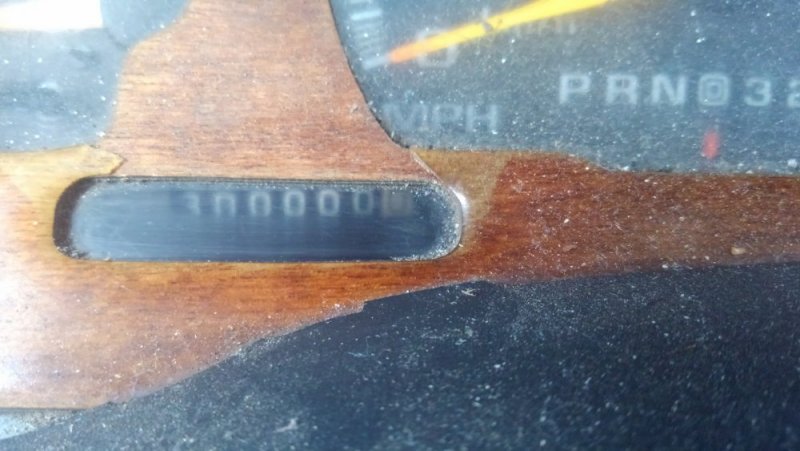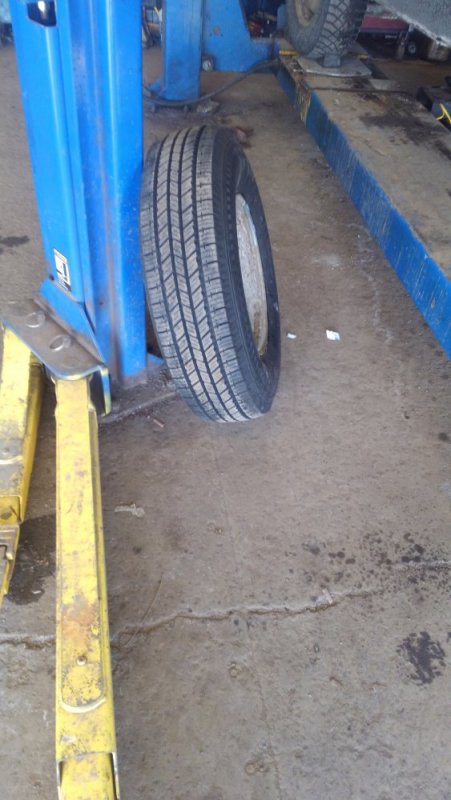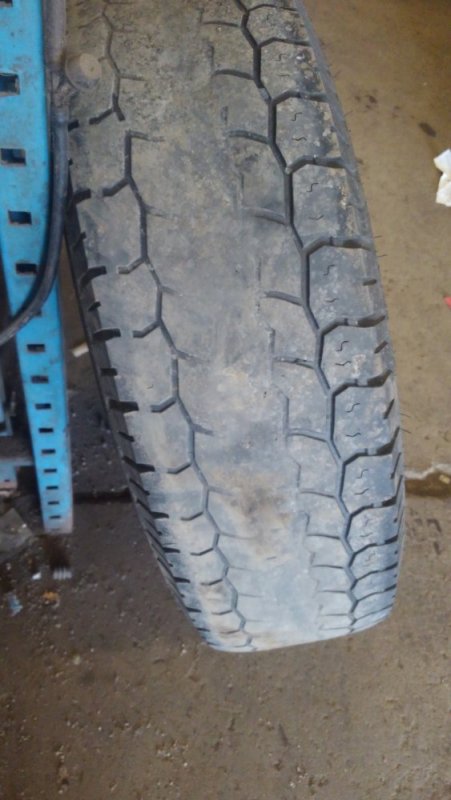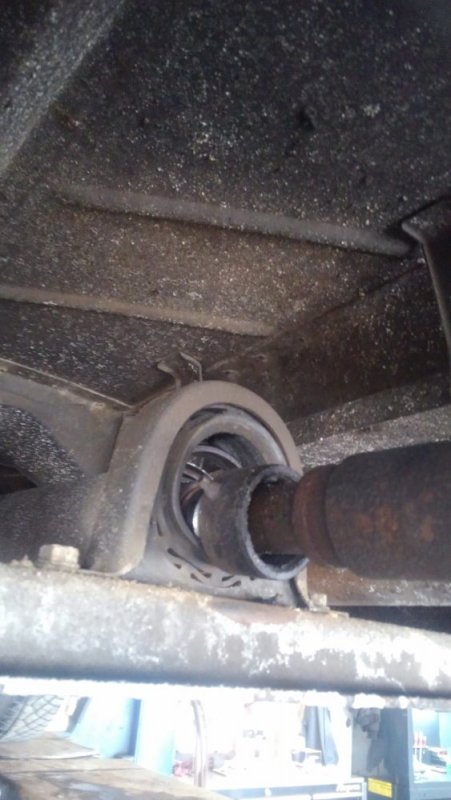Navigation
Install the app
How to install the app on iOS
Follow along with the video below to see how to install our site as a web app on your home screen.
Note: This feature may not be available in some browsers.
More options
-
Welcome to The Truck Stop! We see you haven't REGISTERED yet.
Your truck knowledge is missing!
- Registration is FREE , all we need is your birthday and email. (We don't share ANY data with ANYONE)
- We have tons of knowledge here for your diesel truck!
- Post your own topics and reply to existing threads to help others out!
- NO ADS! The site is fully functional and ad free!
Problems registering? Click here to contact us!
Already registered, but need a PASSWORD RESET? CLICK HERE TO RESET YOUR PASSWORD!
You are using an out of date browser. It may not display this or other websites correctly.
You should upgrade or use an alternative browser.
You should upgrade or use an alternative browser.
Mileage
- Thread starter Stoney
- Start date
Wreckinball67
Well-Known Member
- Messages
- 125
- Reaction score
- 281
Congratulations...you must be doing everything right!
MrMarty51
Well-Known Member
WOW
Did You get the starter bracket fastened in proper ?
Did You get the starter bracket fastened in proper ?
dbrannon79
I'm getting there!
Congrats! now it's time to celebrate and do a victory lap!
dbrannon79
I'm getting there!
Looks like you got your money's worth on the old shoes! do the chalk test and alignment check so the new ones will last you a good while!
Will L.
Well-Known Member
Just get chalk stick from $0.99 store. You need one piece is all. Prefer white. Park truck on flat road.
Make a mark about 1” wide from one side to the other. Drive truck smooth speed, no turns no bumps. After maybe 50-60 feet stop and look at mark. Should be even wear from side to side. If center is gone first = over inflation. If center remains but outside is gone= under inflation.
Make a mark about 1” wide from one side to the other. Drive truck smooth speed, no turns no bumps. After maybe 50-60 feet stop and look at mark. Should be even wear from side to side. If center is gone first = over inflation. If center remains but outside is gone= under inflation.
dbrannon79
I'm getting there!
if your in to doing your own alignment. there is a bang up procedure I use that will get you dam close.
1. park the rig on a flat level slab with the wheels straight, once straight drive forward and back about 6 feet without turning the wheel so that the steering is relaxed and straight.
2. get you some kite string and two jack stands. place the two stands just in front of both outside front tires. your's is a dually so it will be a little tricky. tie one end of the string to a stand and then walk the string around the back side or the rig and back up to the other stand. fix the string so that its pulled decently tight and its positioned approx in the middle of the tires height. then tie it to the second stand.
3. at the rear tires use a twig or a fountain pen, placing it in-between the string and the very back edge of the sidewall so it's holding the string about a 1/4" to 1/8" out from the side of the tire.
4. This part take some time to setup... now go back up to the stands at the front of the truck. keeping the string pulled tight, move them outward away from the truck until the string is no longer touching the rear tire sidewall but only the twig you stuck on the tire at the back corner. do this on both sides of the truck. get you a ruler and on the rear tire, measure the distance of the string to the front rim edge and rear rim's edge. keep adjusting the stand further or closer to make the distance the same (front to back of the rear rim) do this for both sides of the truck, but keep the string pulled tight (but not so tight it pulls the other stand over)
5. once you have the string absolutely straight and parallel with the truck from the last step. then you can start measuring the rims edge front to back on the steer tires. measure them on both sides of the truck. this will get you the toe in / out measurements you want the front tires as straight as possible with a zero toe in / out meaning if you measure the left front rim front to back and you get a difference of 1/2" with the greater measurement is the front vs the rear, and you get a 1/2" difference on the right side front tire with the greater measurement on the rear vs the front. your toe in/ out is dead on. no adjustments needed!
now caster / camber is a whole nother game. you can't really mess with that without precision equipment, but you can use a carpenters level as long as the slab is level, place the level in the up down position using the rim's edge just to see how close it is. I have adjusted mine before but it's not fun at all. I wouldn't recommend messing with it unless you can eyeball the tires and really see something off.
Sorry for the long winded post, just an attempt to explain it the best way I can on how I have done a driveway alignment in the past.
my last time I did this and then later took the truck to the shop to get it done right. the guy told me it was damn close where he only made some minor tweaks!
1. park the rig on a flat level slab with the wheels straight, once straight drive forward and back about 6 feet without turning the wheel so that the steering is relaxed and straight.
2. get you some kite string and two jack stands. place the two stands just in front of both outside front tires. your's is a dually so it will be a little tricky. tie one end of the string to a stand and then walk the string around the back side or the rig and back up to the other stand. fix the string so that its pulled decently tight and its positioned approx in the middle of the tires height. then tie it to the second stand.
3. at the rear tires use a twig or a fountain pen, placing it in-between the string and the very back edge of the sidewall so it's holding the string about a 1/4" to 1/8" out from the side of the tire.
4. This part take some time to setup... now go back up to the stands at the front of the truck. keeping the string pulled tight, move them outward away from the truck until the string is no longer touching the rear tire sidewall but only the twig you stuck on the tire at the back corner. do this on both sides of the truck. get you a ruler and on the rear tire, measure the distance of the string to the front rim edge and rear rim's edge. keep adjusting the stand further or closer to make the distance the same (front to back of the rear rim) do this for both sides of the truck, but keep the string pulled tight (but not so tight it pulls the other stand over)
5. once you have the string absolutely straight and parallel with the truck from the last step. then you can start measuring the rims edge front to back on the steer tires. measure them on both sides of the truck. this will get you the toe in / out measurements you want the front tires as straight as possible with a zero toe in / out meaning if you measure the left front rim front to back and you get a difference of 1/2" with the greater measurement is the front vs the rear, and you get a 1/2" difference on the right side front tire with the greater measurement on the rear vs the front. your toe in/ out is dead on. no adjustments needed!
now caster / camber is a whole nother game. you can't really mess with that without precision equipment, but you can use a carpenters level as long as the slab is level, place the level in the up down position using the rim's edge just to see how close it is. I have adjusted mine before but it's not fun at all. I wouldn't recommend messing with it unless you can eyeball the tires and really see something off.
Sorry for the long winded post, just an attempt to explain it the best way I can on how I have done a driveway alignment in the past.
my last time I did this and then later took the truck to the shop to get it done right. the guy told me it was damn close where he only made some minor tweaks!
MrMarty51
Well-Known Member
Krrrrraaaaaappppp
MrMarty51
Well-Known Member
Understandable. Like a certain Puick Century I own,Trust me Marty I'm about to take this thing out back and shoot it
Well, not mine, the wifeys.
center carrier bearings can be replaced manually, with a hammer and punches and a proper fitting pipe to drive back on the new bearing, but, it aint fun.
I hope that friend or relative that helped You with the starter is understanding and will help out with that too.
A hydraulic press helps a lot.
dbrannon79
I'm getting there!
Have them grease and check the u-joints too while your at it. mine aren't the greaseable type. just another item on the back burner to do list for me.




